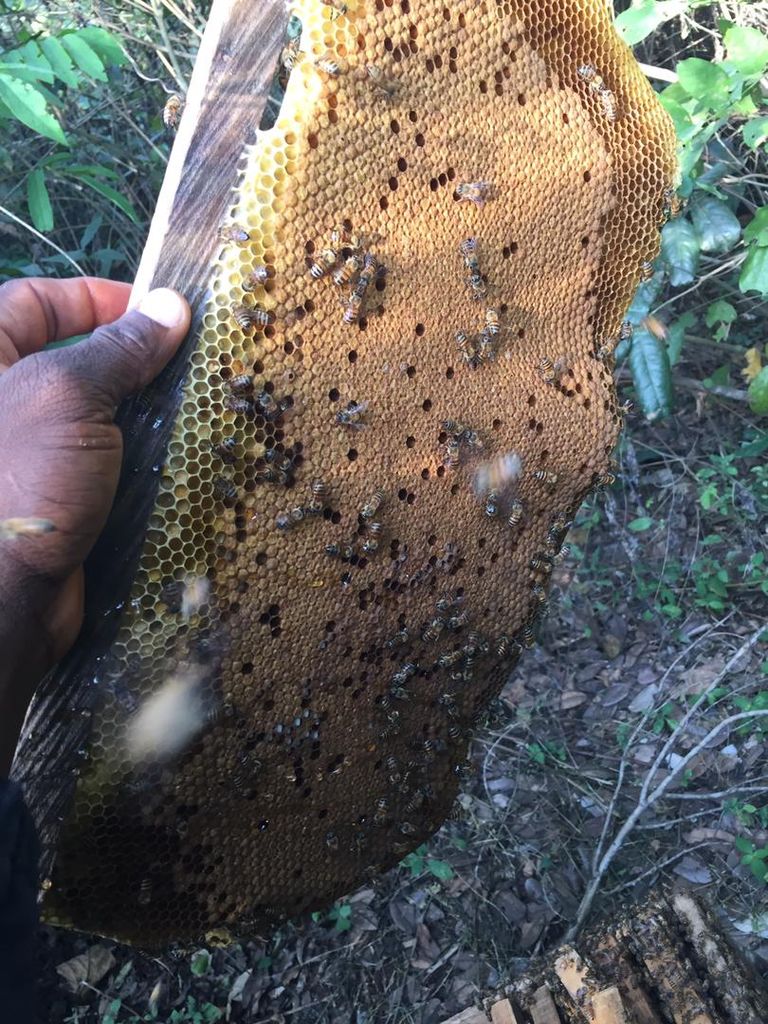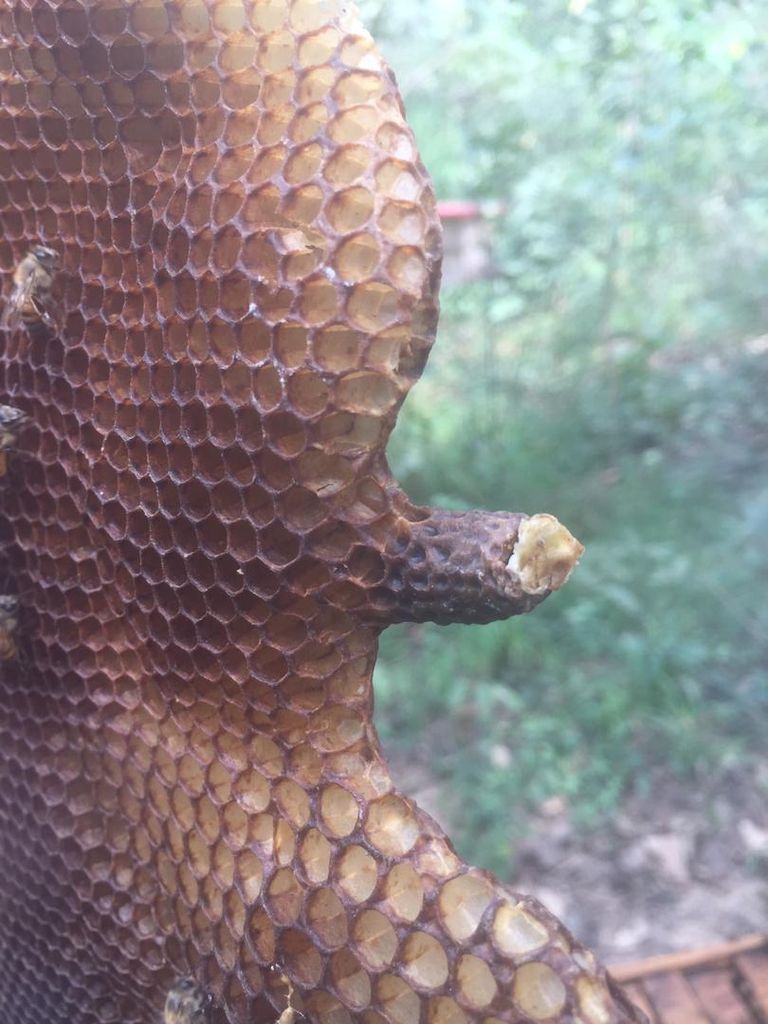
Every beekeeper will prefer to increase the number of bee hives with bee colonies in his or her apiary.
There are many approaches that a beekeeper may adopt to increasing the number of colonies such as sitting a hive with bee essential oil applied in it, catching bee swarm, splitting old bee colonies, getting colonies from old beekeepers and many other ways. In this session, I will focus on splitting and swarming.
Splitting in beekeeping
Splitting means a process that involves division. Splitting in beekeeping is a process where bees divide either naturally, or where bees are divided artificially.
Natural bee splitting involves the reproduction of queen egg cells in a colony and thereafter the virgin queen takes a number of bee move out from the bee hive.
Artificial splitting is a process where the beekeeper divides the colony into two or as many as he or she wants. The beekeeper may take different measures for the splitting. A beekeeper may split a hive that upper-honey chamber and down-brood chamber, which has brood- egg cells, honey, and pollen, the upper chamber can taken away with a different bee hive roof, a bottom board, and hive stand to different location, if it doesn't have a queen bee in it, after three or four days it will develop new queen egg cells.

Artificial splitting can also be done with a nuclus hive as the beekeeper takes the frames filled with egg cells, honey and pollen, probably with a queen, and put them inside the nucleus hive, then takes it to entirely to different location some may not take it too far.
There are many other ways for artificial splitting, as it maybe preferred by the beekeeper, during splitting, some beekeepers destroy queen egg cells to prevent swarming. Splitting controls swarming in beekeeping, it's also an approach to increasing the number hives.
Swarming in beekeeping
Swarm refers to a number of insects or animals in motion or turmoil.
Bee swarming is natural process where a bee colonies splits into two or more different colonies.
Bee swarm for certain reasons such as when the colony has become much populated that the habitat cannot contain their number, bees also swarm when their are new queens that takes a number of bee in search of another new habitat, and many other reasons.
Bees swarm more especially in the mid morning or evening. There are different sign that a beekeeper may see and expect swarming to occur, such as; too many frames with brood-egg cells, queen egg cells and many more.
Bee splitting and swarming can be managed in beekeeping practice. A beekeeper that doesn't have the knowledge of artificial splitting may keep an empty hive close to the suspected colony that may swarm, this approach can also control swarming whereby the splitting colony that is in motion can settle inside the empty hive as their new habitat.
Here is video of hive that is sited close to hive of which the colony is suspected to split and swarm anytime possible.
Thank you for reading my post.
I am a bee keeper.
I hope you learnt something new.
Also, keep in touch with Blurtconnect-ng family on Telegram and Whatsapp
Yesterday I just bought a bottle of honey for $21. How much is the price at your place?
4000 naira here in Nigeria